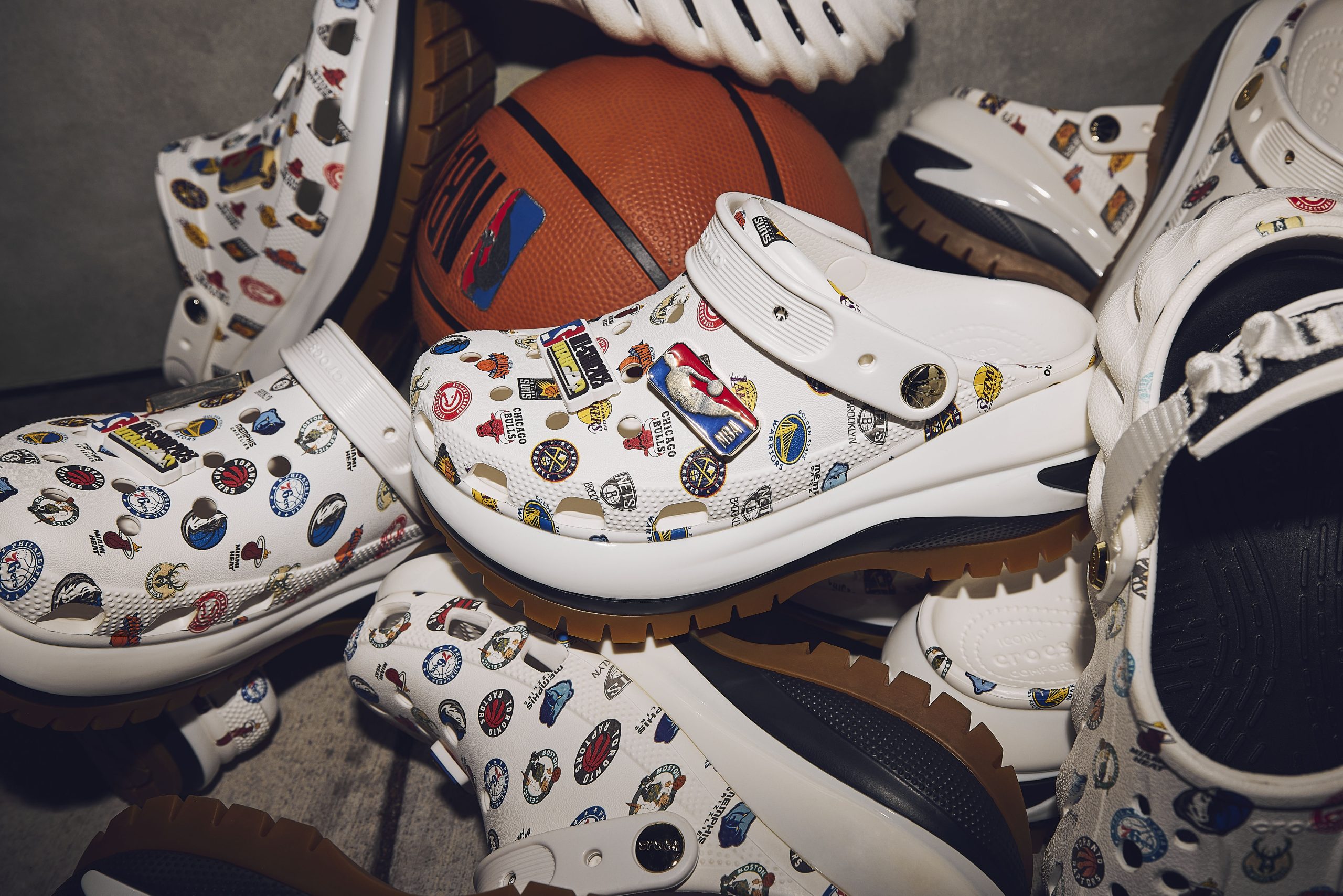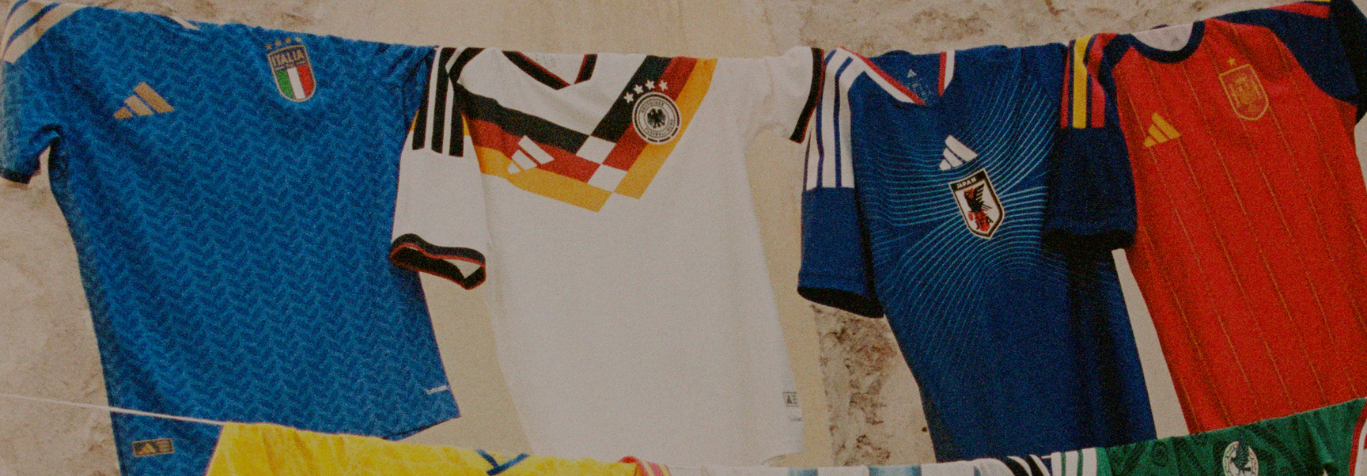Crocs have been around for over 20 years, proving to be an iconic brand that’s here to stay. Their versatility, comfort, and personalization made them a fan favorite in the early 2000s — and they still are today. Here’s a look at the history of Crocs and how they became the fashion icon they are now.
The Origins of Crocs
The Crocs brand was founded on a whim by three friends with no shoe industry experience: Lyndon “Duke” Hanson, Scott Seamans, and George Boedecker Jr.
At the turn of the century, Seamans was working with a company that had redesigned the Dutch clog shoe to be lightweight with cutouts. The only problem was the company couldn’t sell them.
Seamans thought the shoe was great for boating, and he added on a heel strap so they wouldn’t fall off. He then took a pair of his modern clogs on a boat trip with Boedecker and Hanson. They thought the shoes were ugly but couldn’t deny the utility and comfort.
In 2002, the trio decided to dive into the shoe industry and start selling these ugly-yet-utilitarian shoes we now know as Crocs. Twenty years later, these shoes are a must-have for everyone, from kids to influencers.
Innovation and Technology
There’s one main thing that sets Crocs apart from other shoes: Croslite.
The Canadian company that designed the original Crocs (Foam Creations) invented a material called Croslite. In the most basic terms, Croslite is a unique plastic material. If you want to dig into the details, it’s a polymer compound that contains polyethylene vinyl acetate (PEVA).
Croslite is so innovative because it’s a lightweight and comfortable polymer that has (clearly) revolutionized the shoe industry.
When Seamans, Boedecker, and Hanson launched the Crocs brand, they spent two years acquiring the rights to the Croslite technology. And now it’s an essential part of the Crocs brand. In fact, the company took Croslite and made it even more comfortable with the 2018 invention of LiteRide, a foam material that’s 40% softer and 25% lighter.
Versatility That Appeals to All
Originally created as a boating shoe, Crocs quickly became popular across various demographics. People wanted comfort, and Crocs shoes provided it.
As the brand began to grow (almost immediately), the company Jibbitz appeared. In 2005, the Schmelzer family launched Jibbitz and started selling charms to decorate and personalize Crocs. They became such a hit that Crocs acquired Jibbitz, and now the two are a group package.
While Jibbitz charms were originally created for kids to decorate their shoes, they have become popular with Crocs wearers of any age. And that’s part of the appeal of Crocs: They’re customizable.
Do you want a pair of lush, fur-lined Crocs for ultimate comfort? Done. Do you want to put a Jibbitz of your favorite TV show to make them uniquely yours? Done. Do you want a pair of Crocs to wear at the beach, on a boat, or in your backyard? Done, done, and done. After all, they’re called Crocs for a reason — they work on land and in water, just like crocodiles.
Sustainability Efforts
Even though Crocs are essentially made from plastic, their carbon footprint is quite low — and the Crocs brand is taking it even lower.
The Crocs brand has set a goal to reduce the Classic Clog’s carbon footprint by 50% by 2030. And the company aims to reach net zero carbon output by 2040.
Not only are they reducing the carbon footprint with shoe production, but they are also adjusting their packaging. For example, the company switched about 80% of its packaging to polybags instead of the traditional shoebox. This change is expected to lower the carbon footprint by 85%.
Another part of Crocs’ sustainability efforts is a focus on giving back to the community. The company has donated over $16 million in shoes already.
Crocs and Fashion
If you were around in the early 2000s, you undoubtedly remember the Crocs craze. But it slowly died down, and the Crocs brand faced a financial crisis in the early 2010s.
So how did they yet again become a major part of fashion? From a combination of factors.
First, it’s important to understand the general trend in fashion toward comfort — especially during the pandemic. As people started working from home, they wanted clothes and shoes that were comfortable and versatile. Crocs fit that description perfectly, and the brand soared in popularity during the pandemic — and the momentum hasn’t slowed down.
Another factor contributing to Crocs’ fashion rebound is the attention of designers, influencers, and celebrities. This started when Christopher Kane collaborated with Crocs and sent the resulting earthy-toned shoes down the runway in 2017.
Since then, numerous artists and designers have collaborated with Crocs, from Bad Bunny to the Grateful Dead. Balenciaga partnered with Crocs to create a fashion-forward boot, while DJ and producer Diplo designed a trippy Croc complete with mushroom Jibbitz. And then you also have celebrities like Justin Beiber, Drew Barrymore, and Post Malone all doing collabs with Crocs.
Crocs have also become popular on platforms like Instagram and TikTok, thanks to influencers from around the world. The Crocs brand even has an affiliate program where anyone can apply to partner with the brand.
Want Comfort and Personalization? Get Your Pair of Crocs Today
Ready to see for yourself what comfort, versatility, and personalization look like in a shoe? Check out the entire Crocs collection at JD Sports today, and get a pair for everyone in your family.



